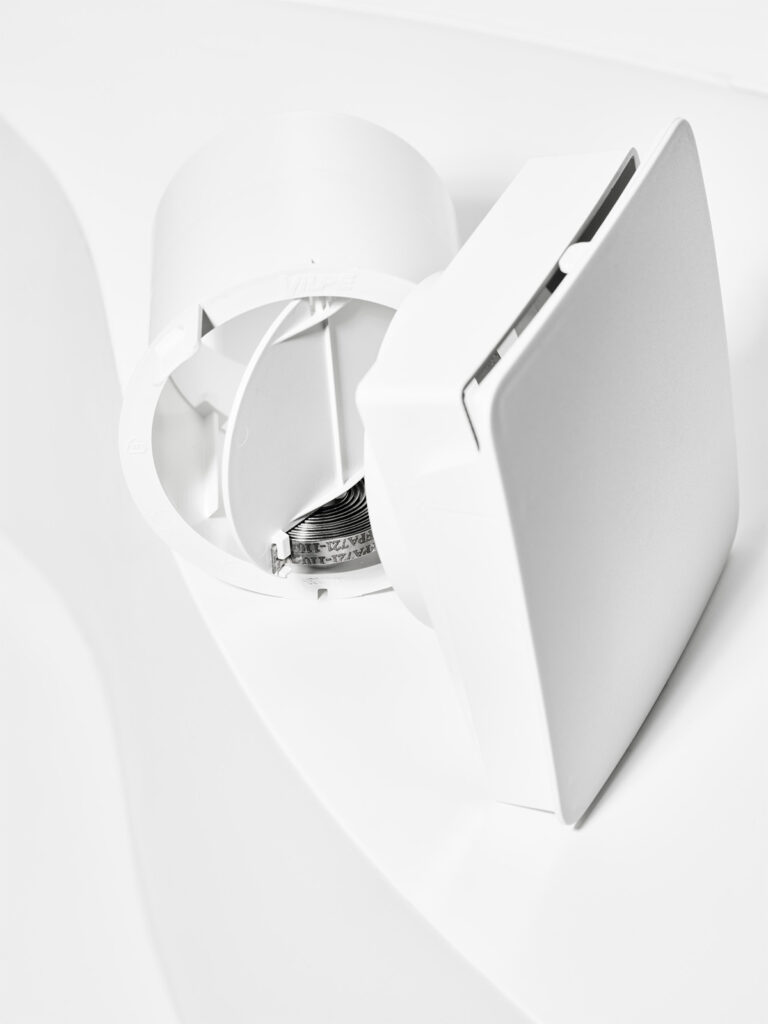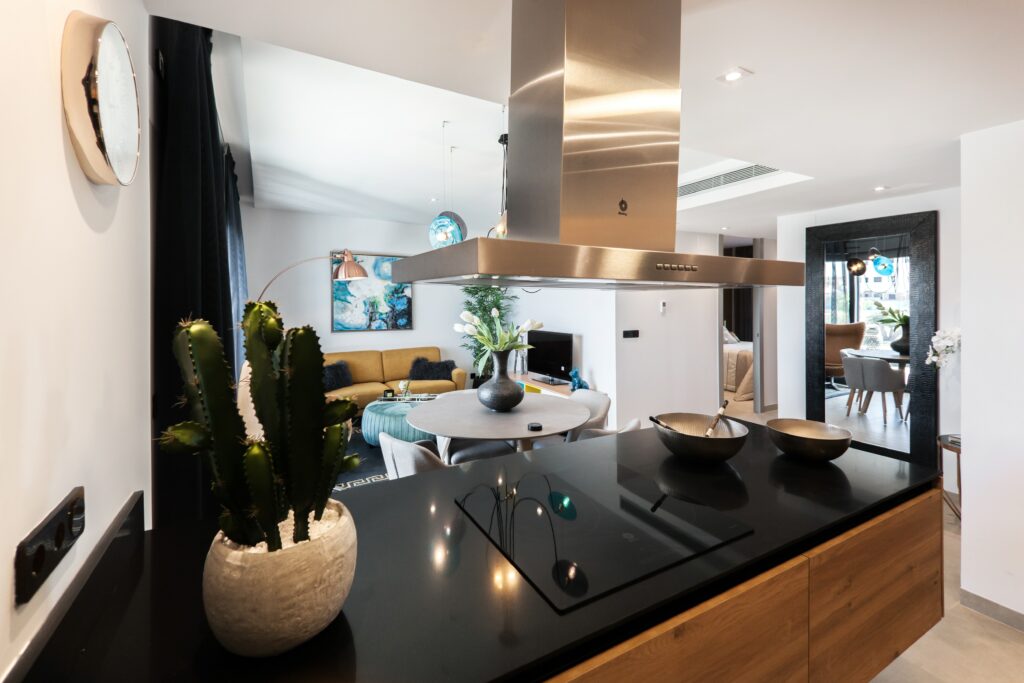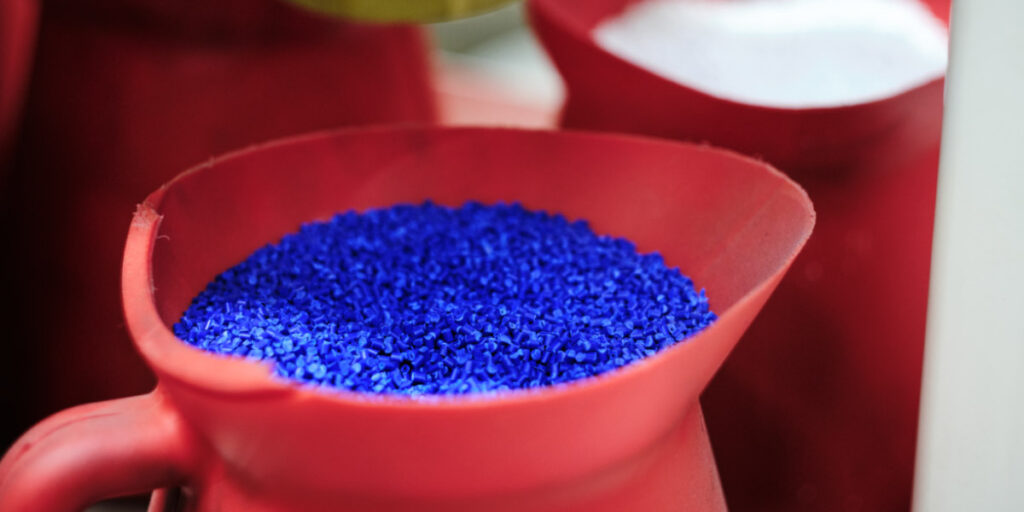Do not try this at home – intake vents must not be closed during winter

It is winter and freezing cold outside. Chilly air flows into your apartment through the intake vents. It feels tempting to close the intake vent in order to reduce uncomfortable draft. However, closing the intake vents will cause problems for the ventilation system of your house. It is better to keep intake vents open even in winter times.
What happens when you close the intake vents in your apartment?
Closing the vents will not stop the air from flowing into your apartment. In fact, the air flow will find its way into the building one way or the other, e.g. through the wall or leaking windows. The air flowing into the building is likely to be dirty or stale as it is not filtered from pollutants. In the worst-case scenario, air flows through a moulded wall and brings moisture, unpleasant odours or radon into the house.
If you live in a row house or an apartment building, closing the vents in your apartment will cause problems for the neighbours.
Also, if you live in a row house or an apartment building, closing the vents in your apartment will cause problems for the neighbours. As the building ventilation still needs the same amount of fresh air, the new air will find its way into the house one way or the other. This means that if one vent is closed, the air will flow in through the intake vents of your neighbours. More specifically, closing the vents in your apartment will cause a worse draft for your neighbour.
What causes draft in an apartment?

Indoor draft is caused by thermal differential pressure. The warm indoor air rises upwards towards the roof and is removed via exhaust ventilation pipes. The warm air can also be removed through a cooker hood.
When the warm air flows out of the building, cold air will flow in to replace the removed air. During a summer heat wave, this draft is probably a welcomed relief, but during winter the cold air makes the apartment feel chilly. Cold air will flow into the building because the pressure is smaller indoors than outdoors.
How should I reduce draft indoors?

You can reduce uncomfortable draft by placing the intake vent close to a radiator. This enables cold and warm air flows to mix. Modern intake vents have technical features preventing draft, so if draft is a problem in your house, you should consider replacing your old intake vent. For example, the VILPE Wive intake vent steers the air upwards where the cold and fresh air mixes with the warm indoor air. This will reduce draft.
Even though intake vents should never be closed completely, you can adjust your intake vent so that less air flows through it. Modern intake vents adjust automatically. VILPE Wive intake vent with thermostat adjusts automatically to the outdoor temperature, meaning that when it is colder outside the vent lets in less air.
Closing the intake vent to remove draft is a short-term solution because cold air will nevertheless flow into the building. Both the house and the inhabitants will benefit if the air flows in through an intake vent.
You can also make the draft feel less uncomfortable by placing your furniture differently, e.g. moving the sofa or bed away from the intake vent, if this is possible in your apartment.
Closing the intake vent to remove draft is a short-term solution because cold air will nevertheless flow into the building. Both the house and the inhabitants will benefit if the air flows in through an intake vent.



